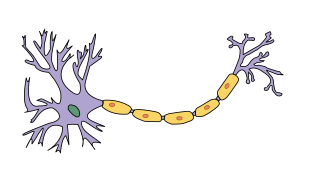| layout | id | label | title | jobs | build | description | integration_server | license | taxon | domain | tracker | termgenie | mailing_list | dependencies | canonical | products | ||||||||||||||||||||||||||||||||||||||||||||||||||||||||||||||||||||||||||||
|---|---|---|---|---|---|---|---|---|---|---|---|---|---|---|---|---|---|---|---|---|---|---|---|---|---|---|---|---|---|---|---|---|---|---|---|---|---|---|---|---|---|---|---|---|---|---|---|---|---|---|---|---|---|---|---|---|---|---|---|---|---|---|---|---|---|---|---|---|---|---|---|---|---|---|---|---|---|---|---|---|---|---|---|---|---|---|---|---|---|---|---|---|
ontology_detail |
cl |
Cell Ontology |
Cell Ontology |
|
|
The Cell Ontology is a structured controlled vocabulary for cell types in animals. |
|
|
cells |
|
cl.owl |
|
The Cell Ontology is designed as a structured controlled vocabulary for cell types. This ontology was constructed for use by the model organism and other bioinformatics databases, where there is a need for a controlled vocabulary of cell types. This ontology is not organism specific it covers cell types from prokaryotes to mammals. However, it excludes plant cell types, which are covered by PO.
Cell types in CL are linked to uberon via part-of relationships. The cl.owl product imports a subset of the entire uberon ontology. To see all cell types in the context of all anatomical structures, use the uberon ext release.
Cell types are linked to GO biological processes via the capable-of relationship type. CL also links to other ontologies such as chebi, pr and pato.
In turn, CL is linked to from a variety of ontologies such as GO, Uberon and various phenotype ontologies.
One of the main uses of the CL is to describe samples used in transcriptomic and functional genomics studies, such as FANTOM5, ENCODE and LINCS.
This is described in the following publications:
Malladi, V. S., Erickson, D. T., Podduturi, N. R., Rowe, L. D., Chan, E. T., Davidson, J. M., … Hong, E. L. (2015). Ontology application and use at the ENCODE DCC. Database : The Journal of Biological Databases and Curation, 2015, bav010–. doi:10.1093/database/bav010
Lizio, M., Harshbarger, J., Shimoji, H., Severin, J., Kasukawa, T., Sahin, S., … Kawaji, H. (2015). Gateways to the FANTOM5 promoter level mammalian expression atlas. Genome Biology, 16(1), 22. doi:10.1186/s13059-014-0560-6


